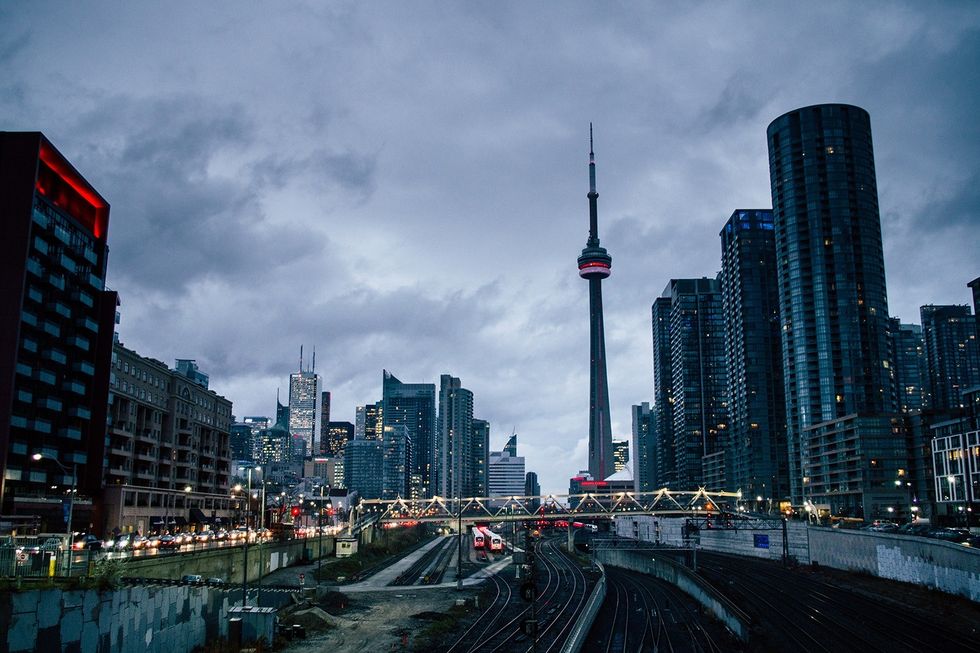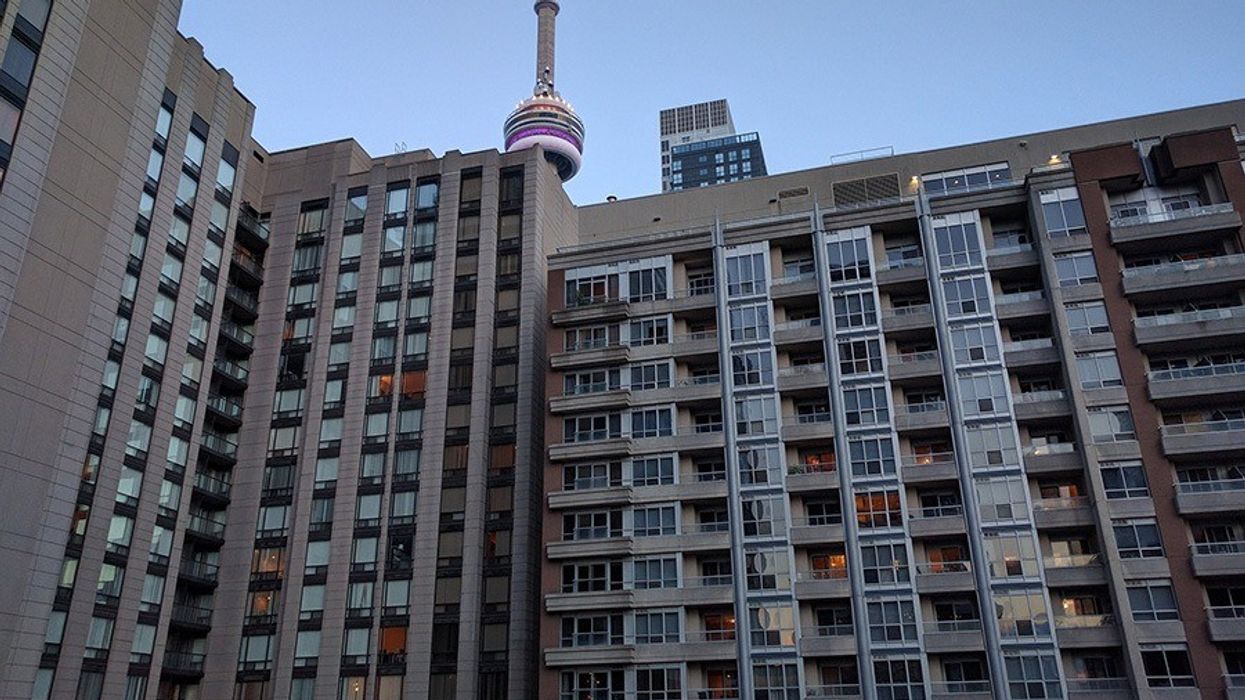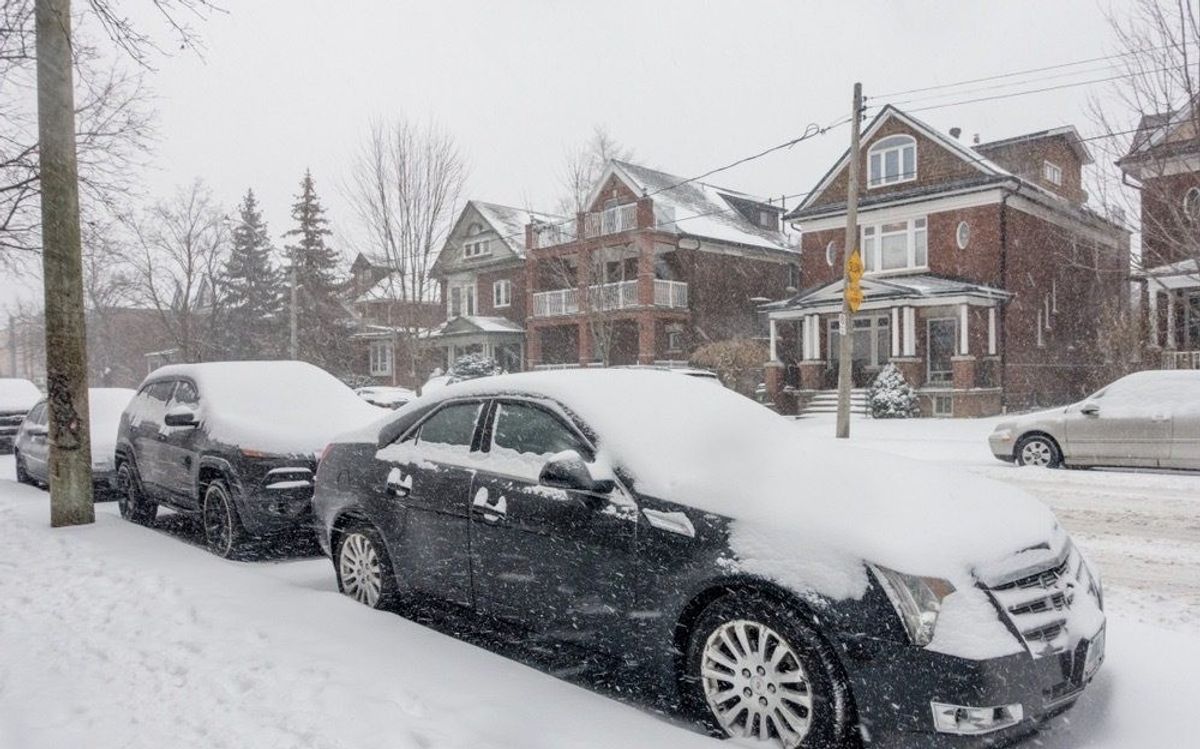
OPINION
Municipal planners in Toronto face a multitude of dilemmas. When it comes to new housing, many of the suggestions and concerns from locals are completely justified, yet others are complete nonsense.
How does a planner, a policy maker and a city cut through the frivolous complaints and decide exactly where to split the difference between locals with justified concerns, the financial realities of the developer, and a desperate market need for new housing?
What is a shadow worth? What is privacy worth?
If a mid-rise building is cut down by one floor and loses 14 units, is that a fair trade if three single-family houses no longer have shadows on them and penthouse apartment dwellers can’t see into their backyard? If a proposed condominium tower needs further separation from the adjacent building and 35 units are lost, but 15 townhouse owners and 20 rental apartment tenants no longer have their south-facing city views blocked, is that a fair trade?
Toronto housing crisis
On Sept. 13, I attended an event organized by BetterTO that touched on the history of social housing and the current Toronto housing crisis. One of the speakers was Dr. Greg Suttor, a senior housing researcher with the Wellesley Institute, who is considered an expert on the relationships between housing policy and housing market realities. Suttor discussed many of the federal, provincial and municipal obstacles that have sent market-rate housing skyrocketing, and why social housing construction has all but dried up in Toronto.
The other guest speaker was Claire-Helene Heese-Boutin, a financial planner and the chair of the Parkdale Neighbourhood Land Trust. She spoke about different housing tenure options and her support of rent control. Early on in the night she asked “Why do we live in a society where people don’t have homes even though we have the ability to build them?” She is disheartened to see the tremendous wealth in this city and the tremendous suffering.
Her thoughts reminded me of the recent high-profile dispute between iconic Canadian author Margaret Atwood and pro-housing advocates regarding an eight-storey condominium apartment building proposed in the Annex. Atwood and some of her high-profile neighbours opposed the building’s height, their lack of privacy, and the removal of several mature trees.
We have the ability to build new homes as Heese-Boutin put it. We have the demand, we have the expertise, and we have plenty of locations that are perfect for infill apartments and townhouses.
Shadow on their garden
So why are we not building in many of those locations? The answer is that construction of a new home can be damaging to someone: a shadow on their garden, an impeded view, an extra car on the road that slows their drive, a daycare spot taken, their favourite hole-in-the-wall pub torn down, a longer lineup at the grocery store.
The development industry has heard them all, and public planners have to juggle all of these issues and many more.
In my fall 2017 Market Manuscript report, I surveyed Ontario-based urban planners and asked them about solutions to improve housing affordability. They were not bullish on laneway housing, micro-suites, or three-storey suburban single-family homes, but 40 per cent of respondents indicated that “Permitting 8- 12-storey buildings as-of-right (via zoning by-laws) on the Avenues and arterial roads” would help alleviate upward price pressures, while 54 per cent of respondents felt “Permitting ‘missing middle’ housing in stable low-rise neighbourhoods (duplex, fourplex, stacked towns, etc.)” was the best option.
Planners understand the need for intensification, infill projects, and taller towers on the avenues, but current zoning makes shadows, privacy and neighbourhood character worth thousands of units. Undersupplying the market by thousands of units ultimately results in overcrowding and homelessness, as well as high prices and people forced to move away from friends, family and the communities in which they established roots.
So how many housing units is a shadow worth?





















